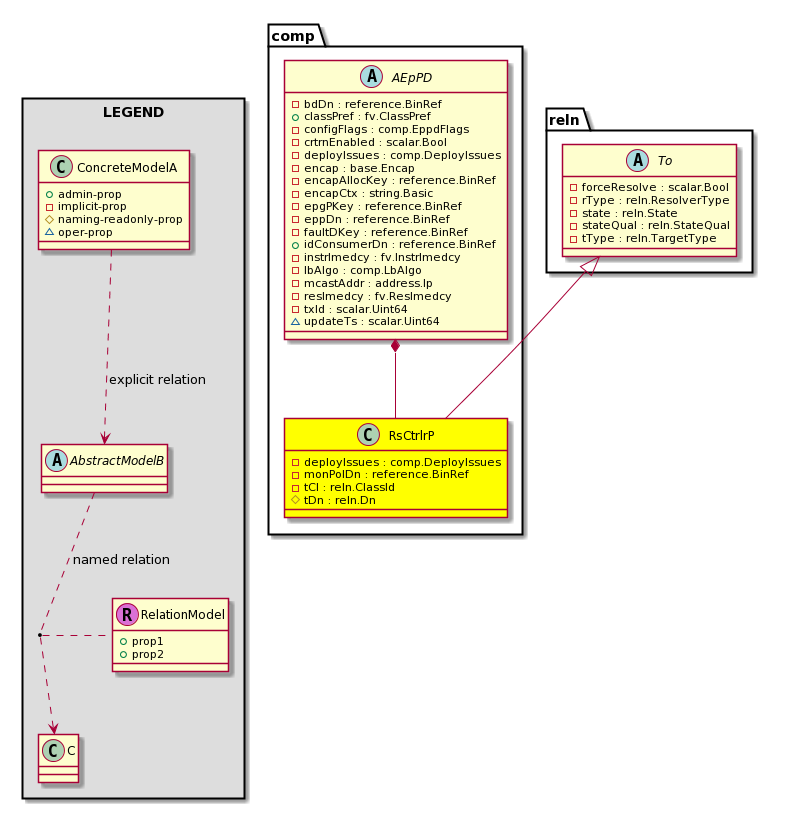
Super Mo: reln:To,
Container Mos: comp:AEpPD (deletable:no),
|
||||||||||||
| Diagram | |

Super Mo: reln:To, Container Mos: comp:AEpPD (deletable:no), |
|
| Containers Hierarchies | |||||||||||||||||||||||||||||||||||||||||||||||||||||||||||||||||||||||||||||||||||||||||||||||||||||||||||||||||||||||||||||||||||||||||||||||||||||||||||||||||||||||||||||||||||||||||||||||||||||||||||||||||||||||||||||||||||||||||||||||||||||||||||||||||||||||||||||||||||||||||||||||||||||||||||||||||||||||||||||||||||||||||||||||||||||||||||||||||||||||||||||||||||||||||||||||||||||||||||||||||||||||||||||||||||||||||||||||||||||||||||||||||||||||||||||||||||||||||||||||||||||||||||||||||||||||||||||||||||||||||||||||||||||||||||||||||||||||||||||||||||||||||||||||||||||||||||||||||||||||||||||||||||||||||||||||||||||||||||||||||||||||||||||||||||||||||||||||||||||||||||||||||||||||||||||||||||||||||||||||||||||||||||||||||||||||||||||||||||||||||||||||||||||||||||||||||||||||||||||||||||||||||||||||||||||||||||||||||||||||||||||||||||||||||||||||||||||||||||||||||||||||||||||||||||||||||||||||||||||||||||||||||||||||||||||||||||||||||||||||||||||||||||||||||||||||||||||||||||||||
|
|||||||||||||||||||||||||||||||||||||||||||||||||||||||||||||||||||||||||||||||||||||||||||||||||||||||||||||||||||||||||||||||||||||||||||||||||||||||||||||||||||||||||||||||||||||||||||||||||||||||||||||||||||||||||||||||||||||||||||||||||||||||||||||||||||||||||||||||||||||||||||||||||||||||||||||||||||||||||||||||||||||||||||||||||||||||||||||||||||||||||||||||||||||||||||||||||||||||||||||||||||||||||||||||||||||||||||||||||||||||||||||||||||||||||||||||||||||||||||||||||||||||||||||||||||||||||||||||||||||||||||||||||||||||||||||||||||||||||||||||||||||||||||||||||||||||||||||||||||||||||||||||||||||||||||||||||||||||||||||||||||||||||||||||||||||||||||||||||||||||||||||||||||||||||||||||||||||||||||||||||||||||||||||||||||||||||||||||||||||||||||||||||||||||||||||||||||||||||||||||||||||||||||||||||||||||||||||||||||||||||||||||||||||||||||||||||||||||||||||||||||||||||||||||||||||||||||||||||||||||||||||||||||||||||||||||||||||||||||||||||||||||||||||||||||||||||||||||||||||||
| Contained Hierarchy | |||||||||||
|
|||||||||||
| Inheritance | |||||||||
|
|||||||||
| Events | |
|
|
| Faults | |
comp:RsCtrlrP:deployFailed
|
|
| Fsms | |
|
|
| Properties Summary | ||||||||||||
| Defined in: comp:RsCtrlrP | |
|
comp:DeployIssues
scalar:Bitmask64 |
deployIssues (comp:RsCtrlrP:deployIssues) The issues that occurred while deploying an object. For example, this is set when there is a connectivity issues from the APIC to the external VM management system. |
| reference:BinRef |
monPolDn (comp:RsCtrlrP:monPolDn) The monitoring policy attached to this observable object. |
|
reln:ClassId
scalar:Enum16 |
tCl (comp:RsCtrlrP:tCl) Overrides:reln:Inst:tCl null |
|
reln:Dn
reference:BinRef |
tDn (comp:RsCtrlrP:tDn) Overrides:reln:Inst:tDn null |
| Defined in: reln:To | |
| scalar:Bool |
forceResolve (reln:To:forceResolve) Whether the relation should force pull the target. |
|
reln:ResolverType
scalar:Enum8 |
rType (reln:To:rType) Represents the type of resolver. |
|
reln:State
scalar:Enum8 |
state (reln:To:state) Represents the state of the relationship. |
|
reln:StateQual
scalar:Enum8 |
stateQual (reln:To:stateQual) Represents the state qualifier of the relationship. |
|
reln:TargetType
scalar:Enum8 |
tType (reln:To:tType) The type of target. |
| Defined in: mo:TopProps | |
|
mo:ModificationChildAction
scalar:Bitmask32 |
childAction (mo:TopProps:childAction) Delete or ignore. For internal use only. |
| reference:BinRef |
dn (mo:TopProps:dn) A tag or metadata is a non-hierarchical keyword or term assigned to the fabric module. |
| reference:BinRN |
rn (mo:TopProps:rn) Identifies an object from its siblings within the context of its parent object. The distinguished name contains a sequence of relative names. |
|
mo:ModificationStatus
scalar:Bitmask32 |
status (mo:TopProps:status) The upgrade status. This property is for internal use only. |
| Defined in: mo:Resolvable | |
|
mo:Owner
scalar:Enum8 |
lcOwn (mo:Resolvable:lcOwn) A value that indicates how this object was created. For internal use only. |
| Defined in: mo:Modifiable | |
|
mo:TStamp
scalar:Date |
modTs (mo:Modifiable:modTs) The time when this object was last modified. |
| Properties Detail |
Type: mo:ModificationChildAction Primitive Type: scalar:Bitmask32 Units: null Encrypted: false Access: implicit Category: TopLevelChildActionComments:
| |||
Type: comp:DeployIssues Primitive Type: scalar:Bitmask64 Units: null Encrypted: false Access: implicit Category: TopLevelRegularComments:
| |||
Type: reference:BinRef Units: null Encrypted: false Access: implicit Category: TopLevelDnComments:
Type: scalar:Bool Units: null Encrypted: false Access: implicit Category: TopLevelRegularComments:
| |||
Type: mo:Owner Primitive Type: scalar:Enum8 Units: null Encrypted: false Access: implicit Category: TopLevelRegularComments:
| |||
Type: mo:TStamp Primitive Type: scalar:Date Units: null Encrypted: false Access: implicit Category: TopLevelRegularComments:
| |||
Type: reference:BinRef Units: null Encrypted: false Access: implicit Category: TopLevelRegularComments:
Type: reln:ResolverType Primitive Type: scalar:Enum8 Units: null Encrypted: false Access: implicit Category: TopLevelRegularComments:
| |||
Type: reference:BinRN Units: null Encrypted: false Access: implicit Category: TopLevelRnComments:
Type: reln:State Primitive Type: scalar:Enum8 Units: null Encrypted: false Access: implicit Category: TopLevelRegularComments:
| |||
Type: reln:StateQual Primitive Type: scalar:Enum8 Units: null Encrypted: false Access: implicit Category: TopLevelRegularComments:
| |||
Type: mo:ModificationStatus Primitive Type: scalar:Bitmask32 Units: null Encrypted: false Access: implicit Category: TopLevelStatusComments:
| |||
Type: reln:ClassId Primitive Type: scalar:Enum16 Overrides:reln:Inst:tCl Units: null Encrypted: false Access: implicit Category: TopLevelRegularComments:
| |||
Type: reln:Dn Primitive Type: reference:BinRef Overrides:reln:Inst:tDn Units: null Encrypted: false Naming Property -- [NAMING RULES] Access: naming Category: TopLevelRegularComments:
Type: reln:TargetType Primitive Type: scalar:Enum8 Units: null Encrypted: false Access: implicit Category: TopLevelRegularComments:
| |||
|
||||||||||||